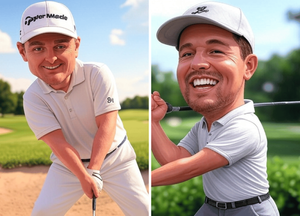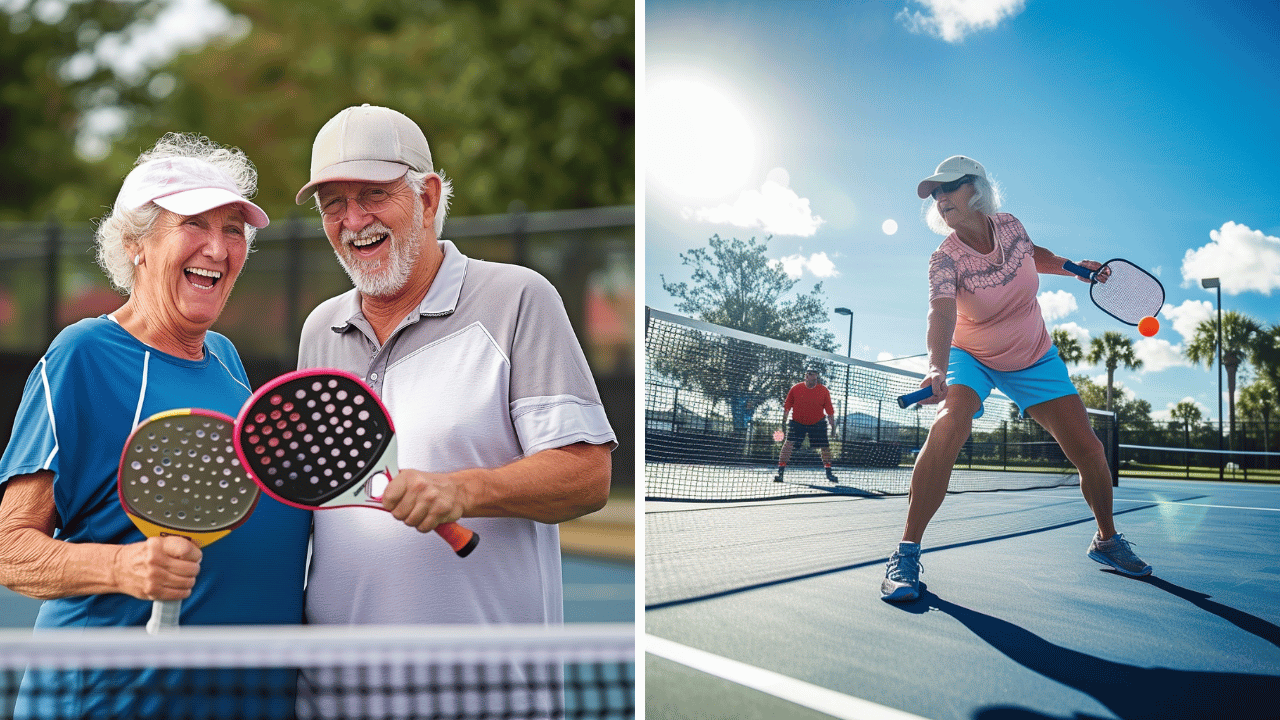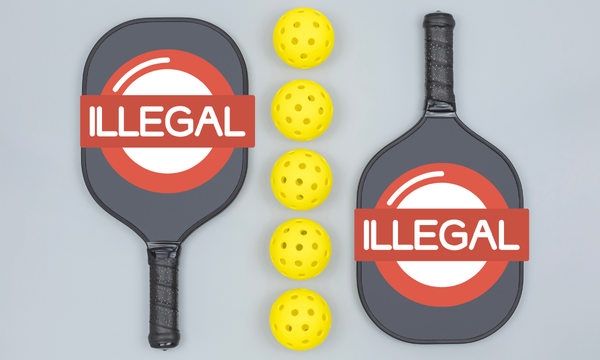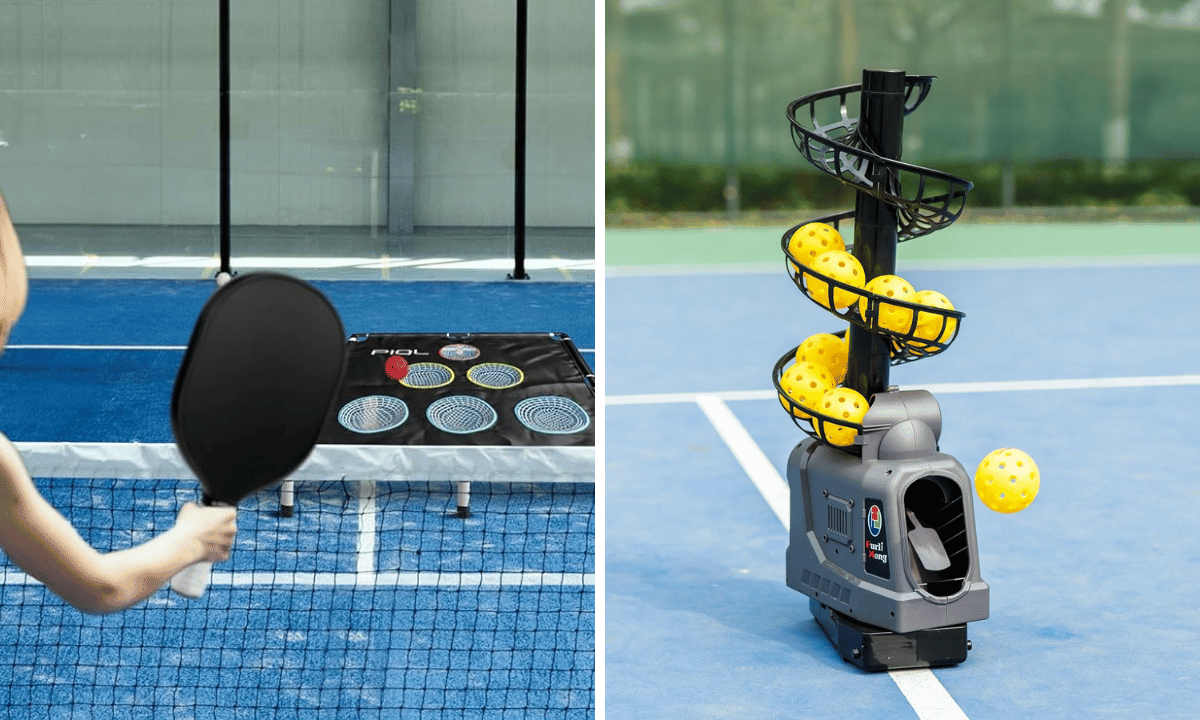Key Takeaways:
- Pickleballs come in two main varieties: indoor and outdoor, each designed for specific playing conditions.
- Outdoor pickleballs are made with harder plastic and smaller holes to withstand rougher surfaces and weather conditions.
- Indoor pickleballs are softer, with larger holes, providing a slower pace suitable for indoor facilities.
Pickleball, a sport that combines elements of tennis, badminton, and table tennis, has surged in popularity over recent years. As players across the globe take up their pickleball paddles, one question often arises:
Are all pickleball balls created equal? The answer is a resounding no. There are distinct differences between indoor and outdoor pickleballs, and understanding these can significantly enhance your playing experience.
The Basics of Pickleball Balls
Pickleball balls, commonly referred to as just 'pickleballs,' are specifically designed for the game. They are made of hard plastic and are characterized by a series of holes that allow the ball to fly through the air with stability.
However, not every pickleball is the same. The two main types of pickleballs are indoor and outdoor balls, and each has unique features tailored to their respective playing environments.
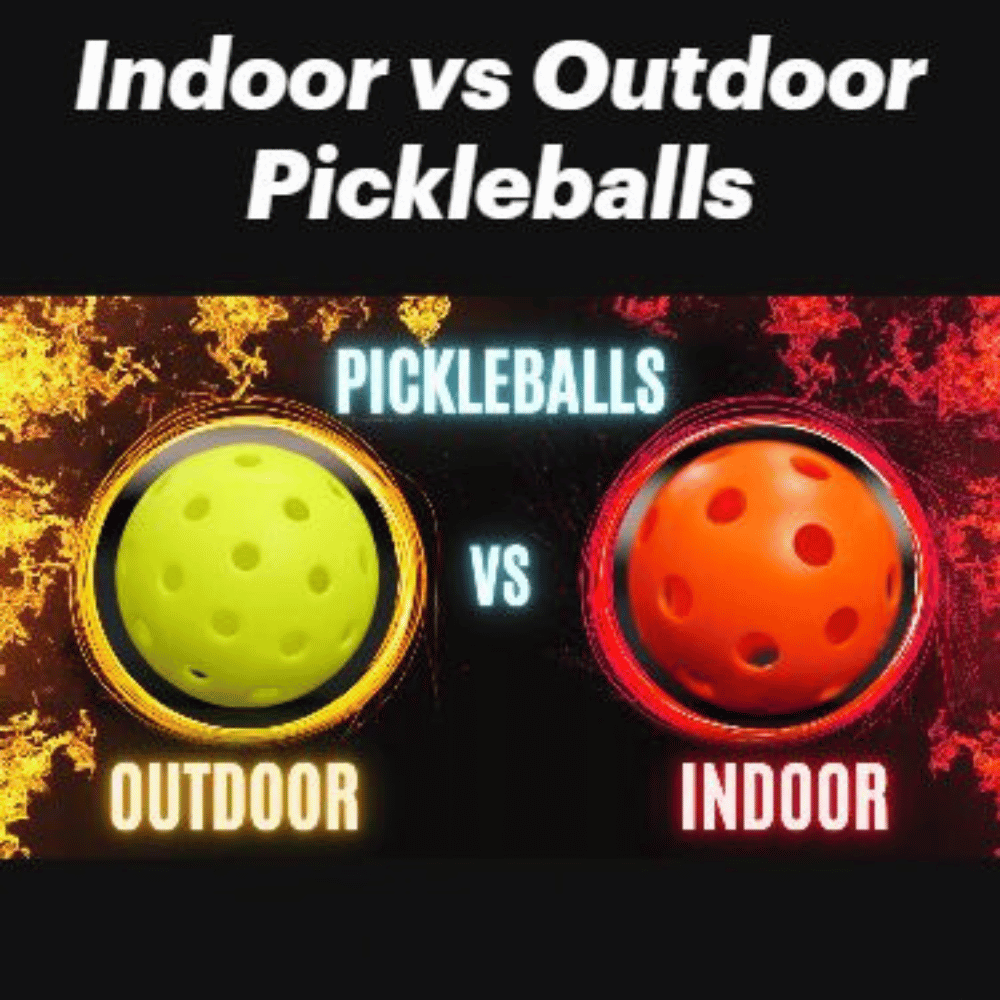
Indoor Pickleballs: Tailored for the Indoors
Indoor pickleballs are designed for play within indoor facilities, where conditions like wind and sun are non-factors. These balls are typically made of a softer plastic, which gives them a bit softer feel and a lower bounce.
They also have larger holes, which contribute to a slower pace of play, making them ideal for the smooth, flat surface of an indoor court.
Outdoor Pickleballs: Built for the Elements
In contrast, outdoor balls are made to withstand the challenges of outdoor play, including rougher court surfaces and varying weather conditions. They are constructed from a harder plastic for increased durability and have smaller holes to minimize wind interference.
The result is a heavier ball that offers more wind resistance, ensuring a consistent playing experience even in breezy conditions.
The Impact of Court Surface on Pickleball Performance
When it comes to pickleball, the type of court surface can significantly influence the game's dynamics. Indoor pickleball courts are often made of smooth, wooden flooring or other materials that provide a consistent bounce and less wear on the indoor ball.
The lighter plastic used in indoor balls is designed to perform well on these surfaces, offering players control and precision. On the other hand, outdoor pickleball courts are typically constructed from concrete or asphalt, which can be rougher and more abrasive.
This necessitates the use of a harder, outdoor ball that can withstand the harsher playing conditions and maintain its bounce differently than an indoor ball.
The interaction between the ball and the court surface is a critical aspect of the pickleball strategy. Players must adapt their play style depending on whether they're using an indoor or outdoor ball. For instance, on a softer indoor court surface, the ball may not bounce as high, requiring players to execute more groundstrokes.
Conversely, the harder surface of an outdoor pickleball court can lead to a higher and more unpredictable bounce, challenging players to adjust their timing and shot selection. Understanding these nuances is key to mastering the game and choosing the right equipment for the environment in which you're playing.
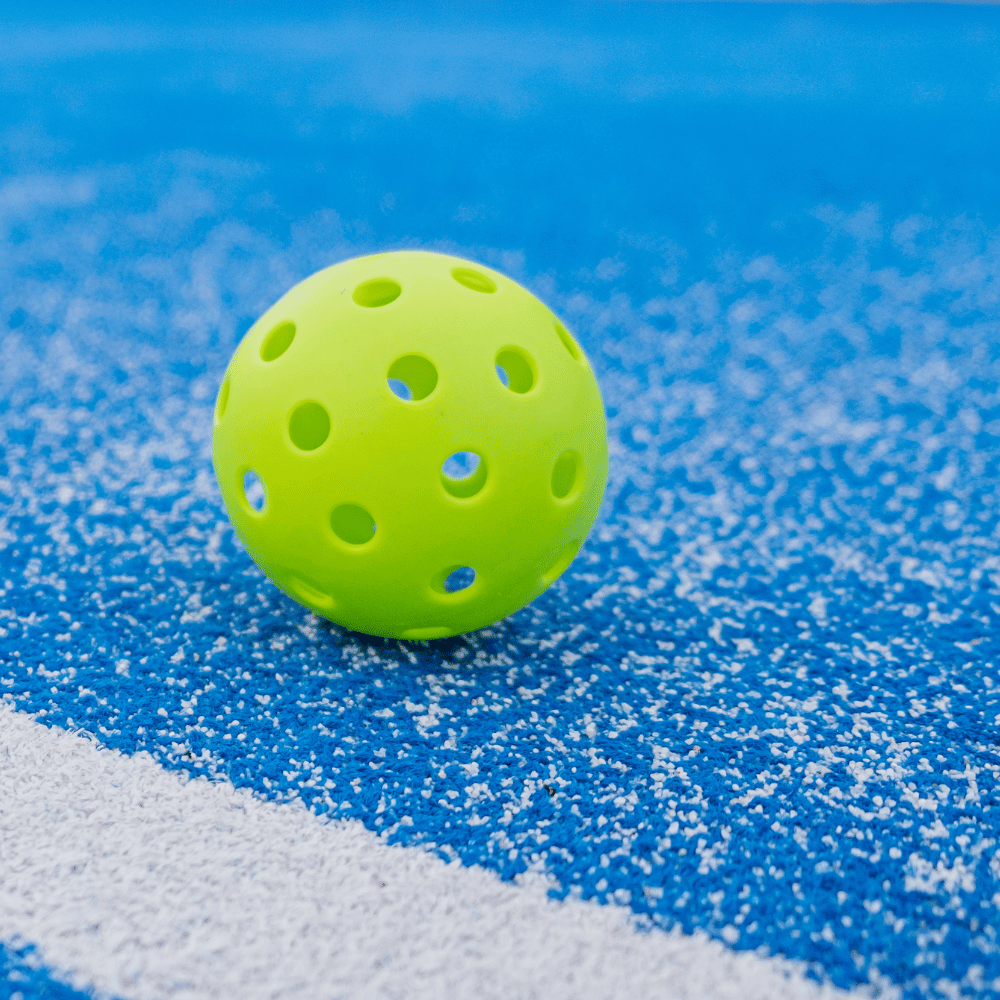
Pickleball Ball Varieties: A Comparison of Indoor vs Outdoor
The debate of indoor vs outdoor pickleball balls is not just about where you play, but also about the characteristics of each ball type. An indoor ball is typically made from a softer form of plastic and has larger holes.
This design makes the ball less responsive to wind and easier to control, which is ideal for the calm conditions of an indoor pickleball court.
In contrast, an outdoor ball is made from a harder plastic to resist the wear and tear of the outdoor elements. It has smaller, more closely spaced holes that help it maintain a straighter path in the wind, making it the preferred choice for outdoor pickleball play.
Moreover, the two types of balls bounce differently due to their distinct construction. An indoor ball will generally have a lower bounce on the same court surface compared to an outdoor ball. This is because the lighter weight and material of the indoor ball respond less to the hard surfaces found outdoors.
Conversely, the heavier outdoor ball is designed to offer a consistent bounce on the rougher textures of outdoor courts. Players must consider these differences when selecting a ball, as using the other ball type can significantly affect their game's pace and their ability to execute shots effectively.
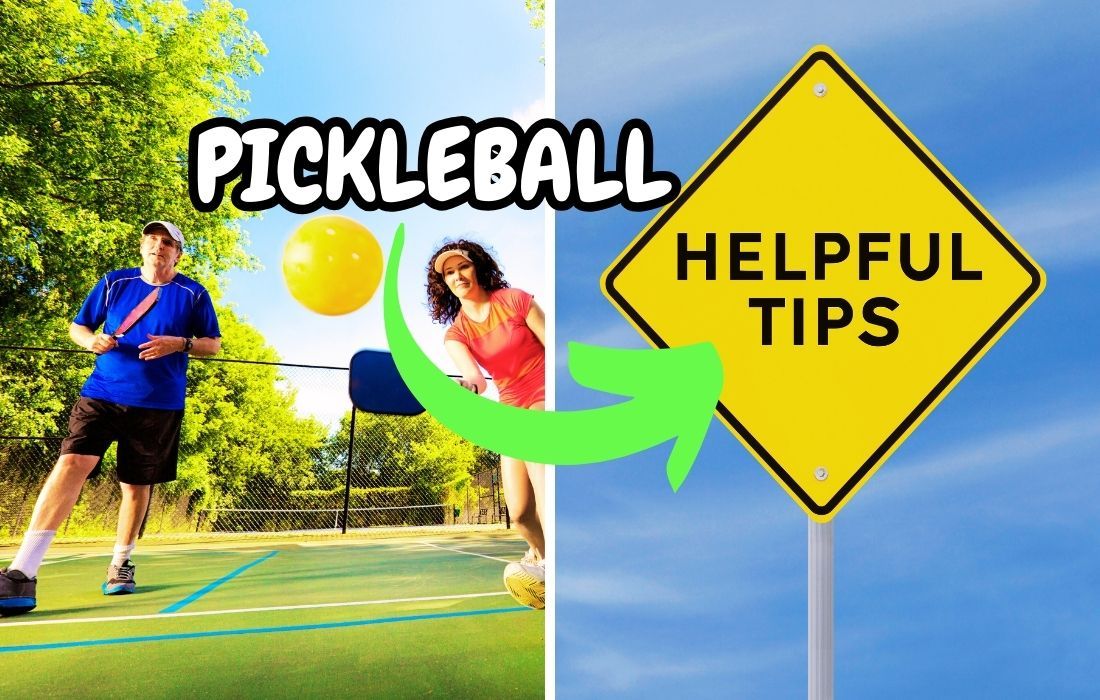
Hole Patterns and Durability
The hole patterns on pickleball balls are not just for show; they play a significant role in the ball's performance. Outdoor balls typically have fewer holes, around 40, which are evenly distributed to maintain the ball's balance during outdoor play.
Indoor balls, on the other hand, may have anywhere from 26 to 40 larger holes, which help the ball travel through the air with less resistance, suitable for the still air of indoor play.
Bounce and Playability
The bounce of a pickleball is crucial to the game. Indoor balls tend to bounce higher due to their softer plastic and are a bit softer when struck. This can lead to longer rallies and a different strategy compared to outdoor play.
Outdoor balls, designed with harder plastic, have a lower bounce and can handle the rougher texture of outdoor courts without losing their shape.
Weather and Environmental Factors
Outdoor pickleballs must also contend with factors like sun exposure and temperature changes. The durable material used in outdoor balls helps them maintain their integrity under the beating sun and fluctuating temperatures, which can otherwise cause a softer ball to warp or degrade, leading to a shorter lifespan.
Choosing the Right Pickleball for Your Game
Selecting the right pickleball for your game is essential. If you play outdoors, choose a ball specifically designed for outdoor play to ensure it can withstand rougher surfaces and provide consistent performance.
For those who prefer playing indoors, a softer ball with larger holes will offer a slower pace and a more enjoyable indoor playing experience.
SwagScale Summary
In summary, there is a clear distinction between indoor and outdoor pickleballs. Indoor balls are softer, with a higher bounce and larger holes, perfect for the controlled environment of indoor facilities.
Outdoor balls are made of harder plastic, with smaller holes and a heavier weight, to offer wind resistance and withstand the challenges of outdoor play. Understanding these key differences will help you choose the right pickleball for your game, ensuring the best possible performance on the court.
Your Pickleball Guru,
Kim
FAQ Section
Can I use indoor pickleballs for outdoor play, and vice versa?
While you can technically use any ball for any type of play, it's not recommended. Indoor balls may not perform well on rough outdoor surfaces and could be affected by wind, while outdoor balls may bounce too low and be too fast for indoor play.
How often should I replace my pickleball balls?
The lifespan of a pickleball depends on the frequency of play and the playing conditions. Outdoor balls may wear down faster due to rougher surfaces and sun exposure. It's best to replace the ball once you notice significant wear or changes in performance.
Are there specific brands of pickleballs recommended by USA Pickleball for tournament play?
Yes, USA Pickleball provides a list of approved balls for tournament play. It's important to check their latest guidelines for the most up-to-date information on approved equipment.


